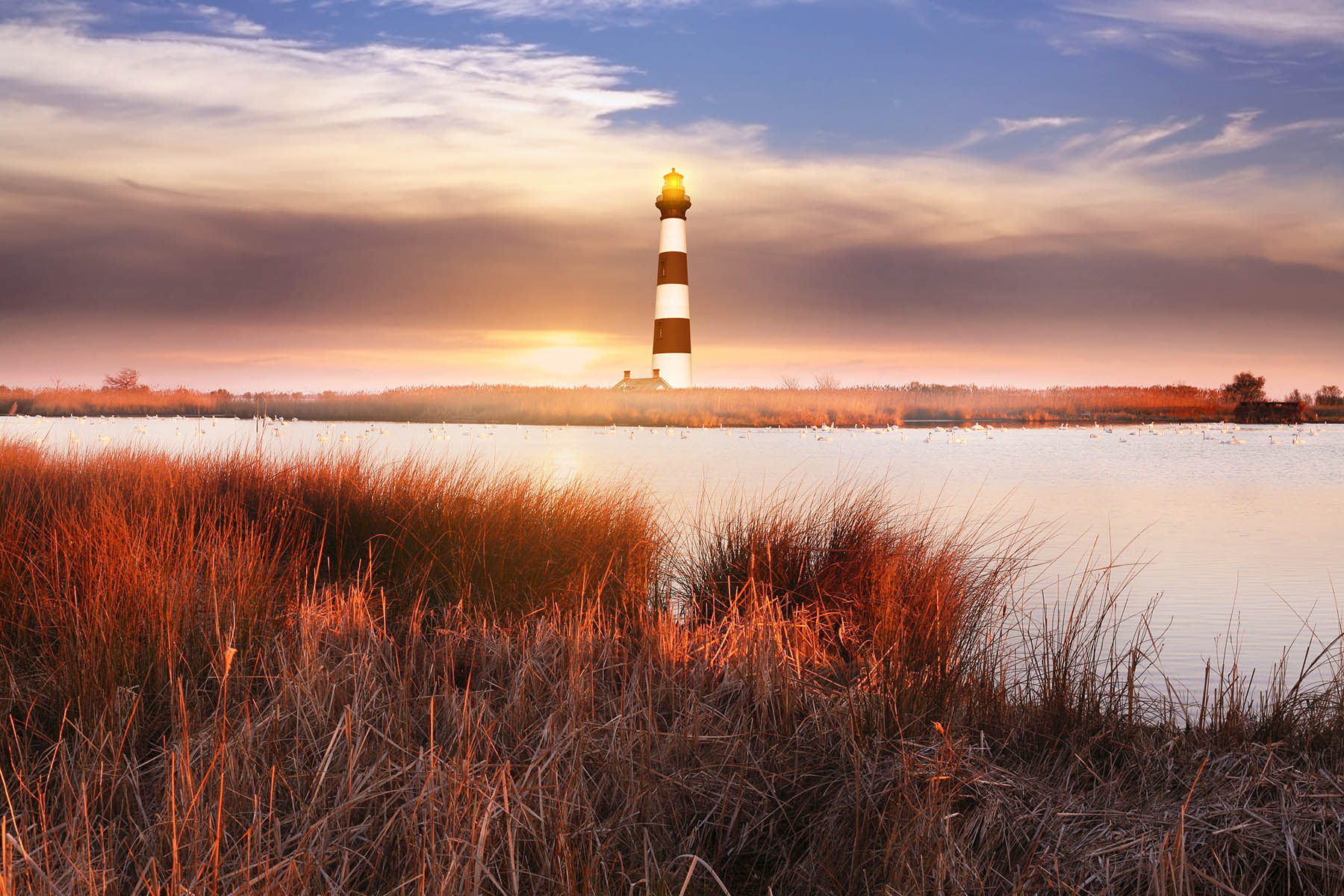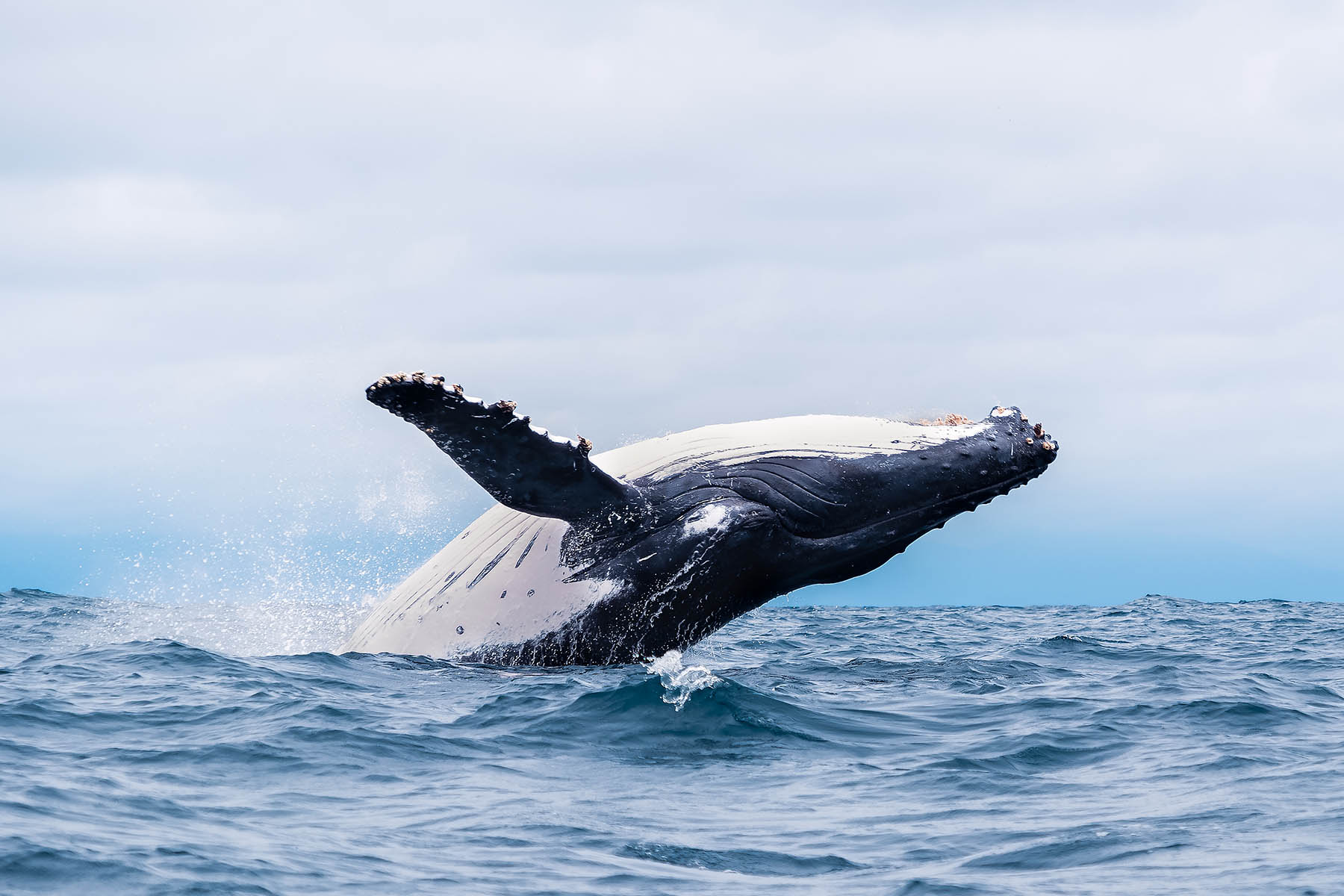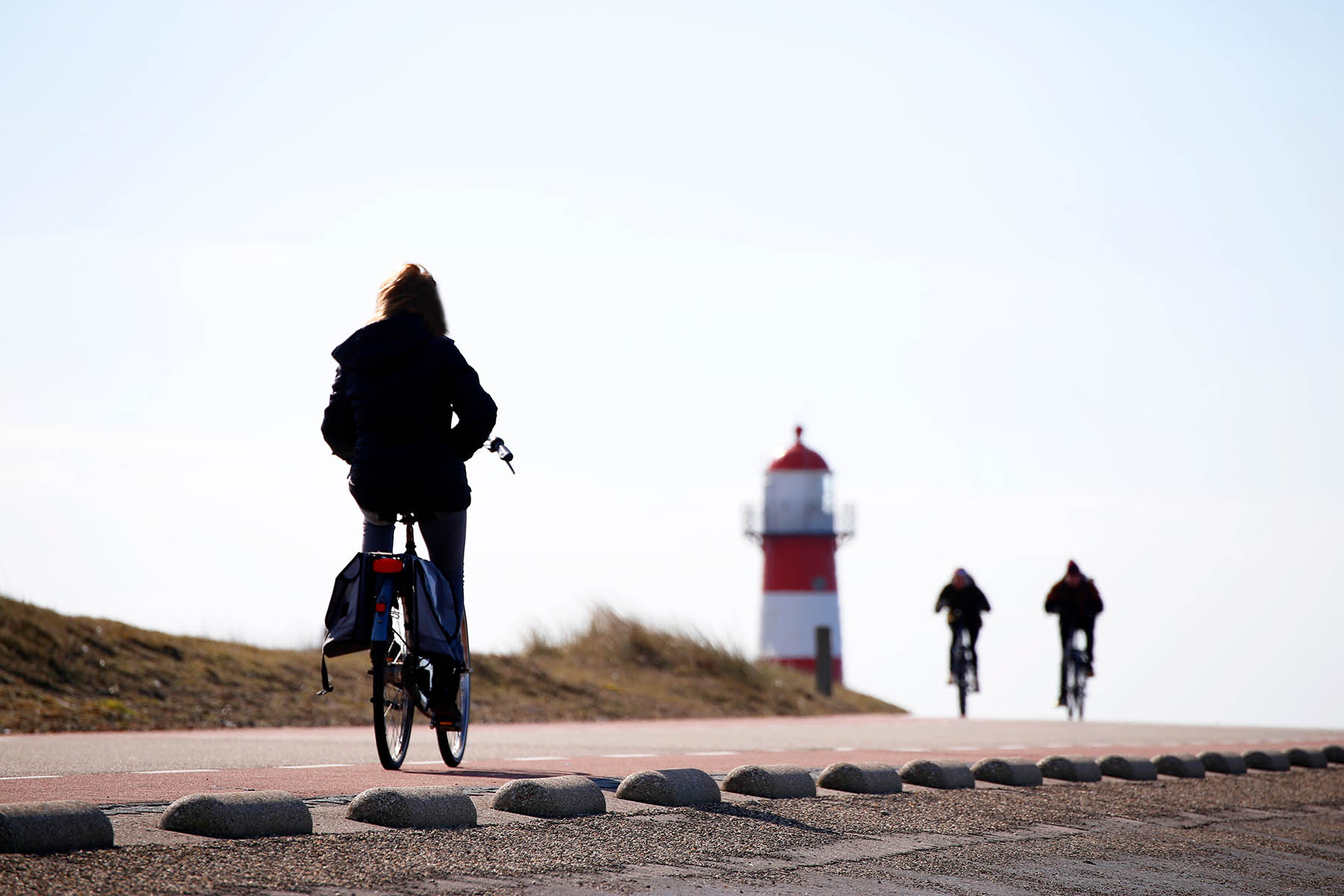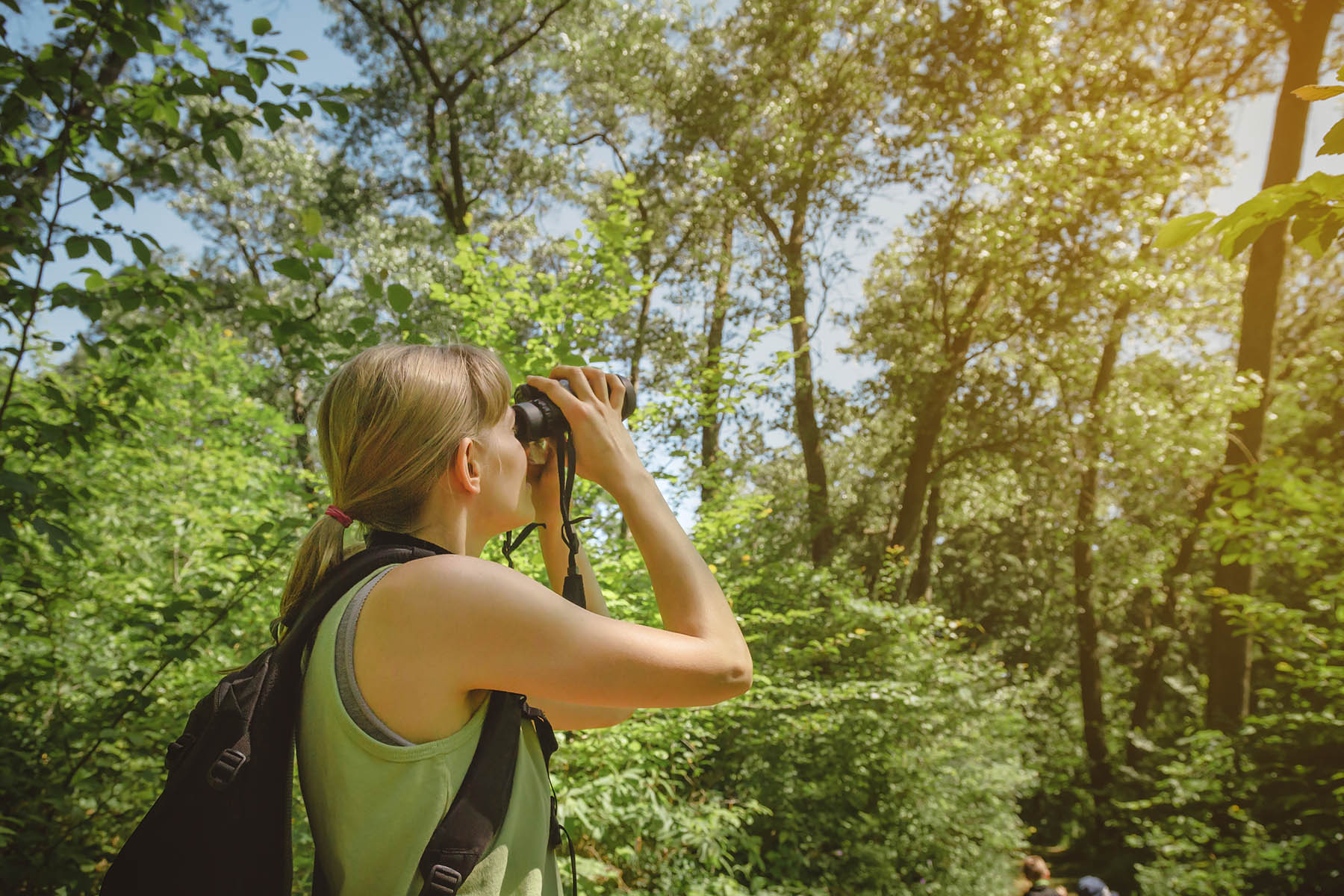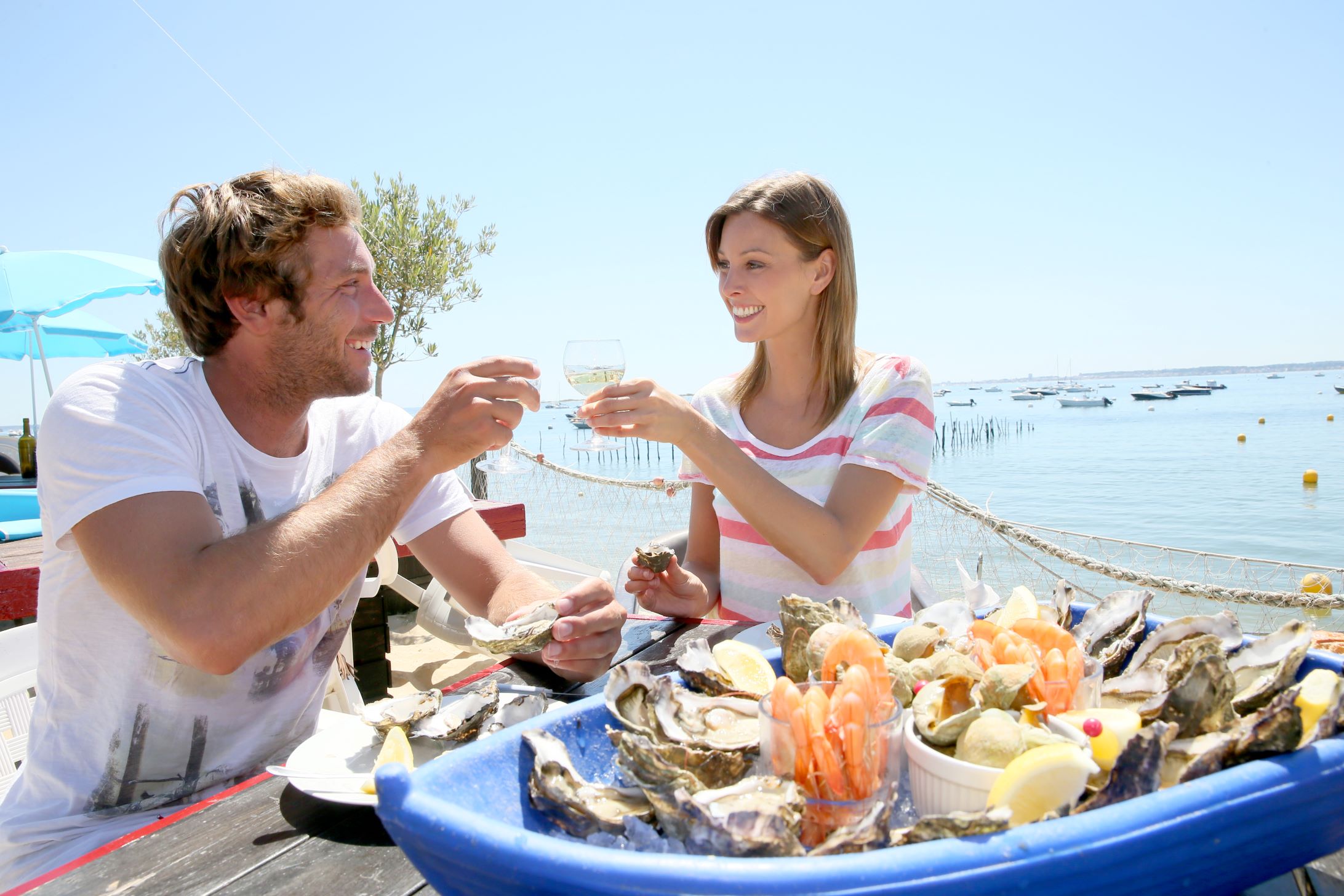Outer Banks Birdwatching
Birdwatching on the Outer Banks is a real treat and a conservationist’s dream. North Carolina is situated along the Atlantic Flyway, a primary migratory route for birds spanning the eastern coastline of the United States. The geography and topography of the Outer Banks lend themselves some beautiful natural settings where migratory birds thrive. Learn more about Outer Banks birdwatching and where and when to see them.
Birdwatching On The Outer Banks
Mother Nature puts on a beautiful display for Outer Banks birdwatching. This idyllic place brings migratory birds from all over to land on its shores every season. Each season on the island has its flavor and birdwatchers from around the globe flock here to spot, photograph, draw, and just enjoy their beauty. Multiple ecosystems come together in Outer Banks, along with bird sanctuaries set up for their protection and conservation. Knowing where and when to head out for Outer Banks bird watching is important for catching these fleeting creatures. Hundreds of species of birds either migrate to or inhabit year-round spaces in and around coastal Outer Banks. Some of the birds you might see when you visit can include American avocets, American kestrels during fall migration and winter, American oystercatchers, great blue herons, northern gannets, northern pintails, surf scoters, and more that come to fish the shores of Outer Banks and take home a catch of their own!

Best Places to Watch
Migratory waterfowl and other birds follow the coastal route and land in some beautiful spots. Here are just a few:
- Jockey’s Ridge: year-round viewing at this state park in Nags Head with a living sand dune system
- Elizabethan Gardens: spans more than 10 acres of oak forest with 175 species of birds seen in and around the area from spring to fall as high season for the birds
- Roanoke Island Marsh Game Land: off-the-beaten-path location on Roanoke Island with a small walking loop and views of a marsh
- Bodie Island- a great place on the northern tip of Cape Hatteras National Seashore to view displays of birds and waterfowl near the lighthouse with a viewing platform to see all the birds
- Pea Island National Wildlife Refuge: Visit more than 5,000 acres with great access in spring and fall to migratory birds who nest in the Pamlico Sound and ocean.
- Currituck National Wildlife Refuge: accessible by 4WD, this less inhabited area is a refuge for birds to come uninterrupted. Visitors might see birds in the marshes and shorebirds resting or feeding.

Best Times to Birdwatch
See the various bird species migrate seasonally throughout OBX with this guide:
Spring: see a variety of birds from black-bellied plovers to brown pelicans and shorebirds
Summer: Pea Island Wildlife Refuge Center offers canoe trips on North Pond Trail to view egrets and herons along with other birds who hang out in the marshes during warmer months
Fall: birds will hang out here until they leave to head south. Check out the Wings Over Water Festival for tours and programs on the coast to view this spectacular group of birds before they leave for winter
Winter: thousands of birds call OBX their home including snow geese and canvasback ducks, among others.

Birdwatching Tips
Here are some tips to get the most out of your experience with Outer Banks birdwatching:
- Come in off seasons as many birds are here not just during summer but also spring and fall
- Look for out-of-the-way places to view birds or rent a kayak, take a tour, and spend time on the water viewing birds from another angle
- Visit the Wings Over Water Wildlife Festival in fall and winter. Dozens of birding, paddling, art, history tours, programs, and more are created to celebrate birds. Witness migratory birds with other enthusiasts. Be sure to bring a camera and warm clothes
- You don’t have to visit a sanctuary to see birds. Get up close and personal walking the beaches and shorelines for a relaxing time in the morning or evening
Birdwatching F.A.Q.
Purple Martins roost in the eastern United States. Outer Banks have one of the largest populations of them in July and August, around 100,000. They come to roost under Umstead Bridge into Croatan Sound. At sunrise, they feed for the day to prepare for a 2,600-mile migration to Brazil. There are sunset trips to see them arrive back at the bridge for the night.
The Outer Banks is right in the heart of the Atlantic Flyway, the major north-south flyaway for migrating birds. The birds come from Canada, Greenland, and the Arctic to fly south to South America or Antarctica for warmer climes. Most places they stop in the flyover are around water including the Gulf of Mexico and Outer Banks. Hundreds of species of birds make their way to this part of the world to rest before their flights south.
The North Carolina Birding Trail is along the Atlantic Flyway. Established in 2004, the birding trail links birding sites across the state. Migratory waterfowl and other birds use this route as they head south. Outer Banks is positioned right in the middle of it all and, in conjunction with various ecosystems, offers places to observe birds in their natural habitat on a historic path to their southern destinations. There are five places on the Outer Banks known for being great observation points along the North Carolina Birding Trail.
Every season has its advantages and challenges. Coming in the winter months provides space to engage with other artists during the Wings Over Wildlife festival but there are many other opportunities in spring, summer, and fall to engage in tours, see other bird enthusiasts, and engage with the birds all around. All the seasons offer chances to see birds of all kinds from egrets to herons and more. Visit some of the nature preserves, trails, and pathways in the coastal Outer Banks to view all the birds who visit the area.

